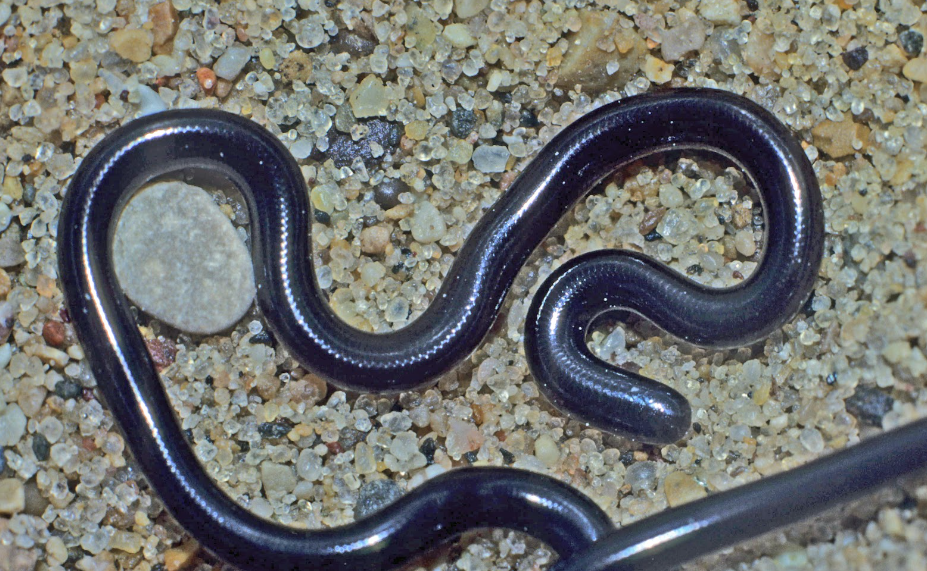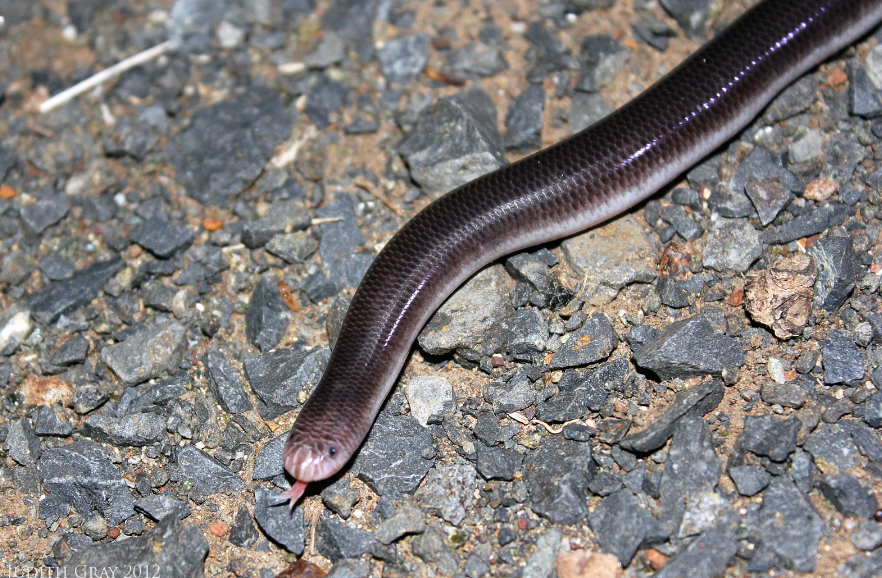
Interesting facts about Blind Snakes
Fascinating reptiles, blind snakes (also called thread snakes) are members of the Typhlopidae family. Though they have small scale-covered eyes, blind snakes are not actually blind, despite their name. The Americas, Africa, Asia, Australia, and other parts of the world are home to these snakes.
Information on Blind Snakes: lack of eyes and reduced vision
The unusual capacity of blind snakes to burrow beneath the surface is an intriguing fact. These snakes can move through sand and dirt with ease because of their pointed snouts and slim bodies. They spend most of their time underground, looking for termites and ants, which make up their favourite food. Due to their flexible bodies, blind snakes are also renowned for their ability to fit into small areas.
Information on Blind Snakes mating habits and offspring
The way blind snakes reproduce is another intriguing feature. Blind snakes are parthenogenetic, meaning they do not require a male in order to reproduce, in contrast to many other snake species. In the animal kingdom, this is an uncommon occurrence that enables blind snakes to quickly spread to new areas. The eggs laid by the females develop into fully developed, tiny snakes when they hatch. From birth, these baby blind snakes can take care of themselves and soon begin their own underground adventures.
Unique adaptations that blind snakes have developed and how they adapt to survive
Because of their tiny size and shy disposition, blind snakes—also referred to as thread snakes or worm snakes—are an interesting class of reptiles that are sometimes overlooked. Though their name suggests otherwise, blind snakes are not literally blind; rather, they have special adaptations that help them survive in their subterranean homes. This essay will examine the traits, actions, and significance of blind snakes in the environment.

Description of blind snakes and characteristics of Blind Snakes
The family Typhlopidae, which is comprised of many genera and species, includes blind snakes. They may be found all throughout the globe, but particularly in the Americas, Africa, Asia, and Australia. These snakes are usually tiny, with lengths varying from a few inches to a foot. Their smooth scales and thin bodies let them travel through the soil with ease.
Their smaller eyes are one of the most distinguishing characteristics of blind snakes. Their eyes are smaller and less functional, yet they are not totally blind. They spend the majority of their lives in the dimly lit subterranean tunnels, which they can traverse thanks to their modifications.
How they locate and consume their prey
Blind snakes mostly use their senses of touch and smell to find prey and navigate their surroundings, rather than their eyes.
Behaviour and diet: The bulk of blind snakes’ lives are spent underground, since they are largely fossorial. They dig well, making tunnels in soft dirt or leaf litter with their powerful bodies and sharp snouts. They are shielded by these tunnels from temperature changes and predators.
Diet and Feeding Habits of blind snakes and what they eat
Being carnivorous, blind snakes consume a range of tiny invertebrates, such as termites, ants, and insect larvae. They can consume prey much bigger than their own heads because of their unique jaw shape. Due to their reputation for eating termite and ant eggs, blind snakes are useful in agricultural settings for managing pest populations.
Reproductive behaviours of blind snakes
The mechanism of reproduction in blind snakes is also distinct. Although they are oviparous, or egg-laying, our understanding of their reproductive biology is still incomplete. Certain kinds of blind snakes are parthenogenetic, meaning they may procreate without fertilisation. Because they can reproduce asexually, blind snakes may swiftly spread over new territories and adapt to a variety of environmental conditions.
Ecological Importance and conservation status of blind snakes
Blind snakes are important members of the ecosystems they live in. They contribute to the control of bug and other arthropod populations since they hunt tiny invertebrates. Termites and other pest species that may seriously harm crops and buildings are part of their diet. Blind snakes provide important ecological services and maintain the equilibrium of habitats by managing their populations.
Blind snakes are not only predators; they are also prey for bigger creatures.

Fun and intriguing facts about blind snakes
Blind snakes may be eaten by birds, animals, and other snakes, which adds to the complex food chain in their environments. Additionally, their burrowing technique promotes nutrient cycling and soil aeration. Despite their diminutive size and lack of prominence, blind snakes remain an essential component of the natural world. They are an interesting group of reptiles to study and admire because of their distinctive behaviours, adaptations, and ecological significance. Understanding and protecting these amazing animals will help maintain the general well-being and biodiversity of our ecosystems.